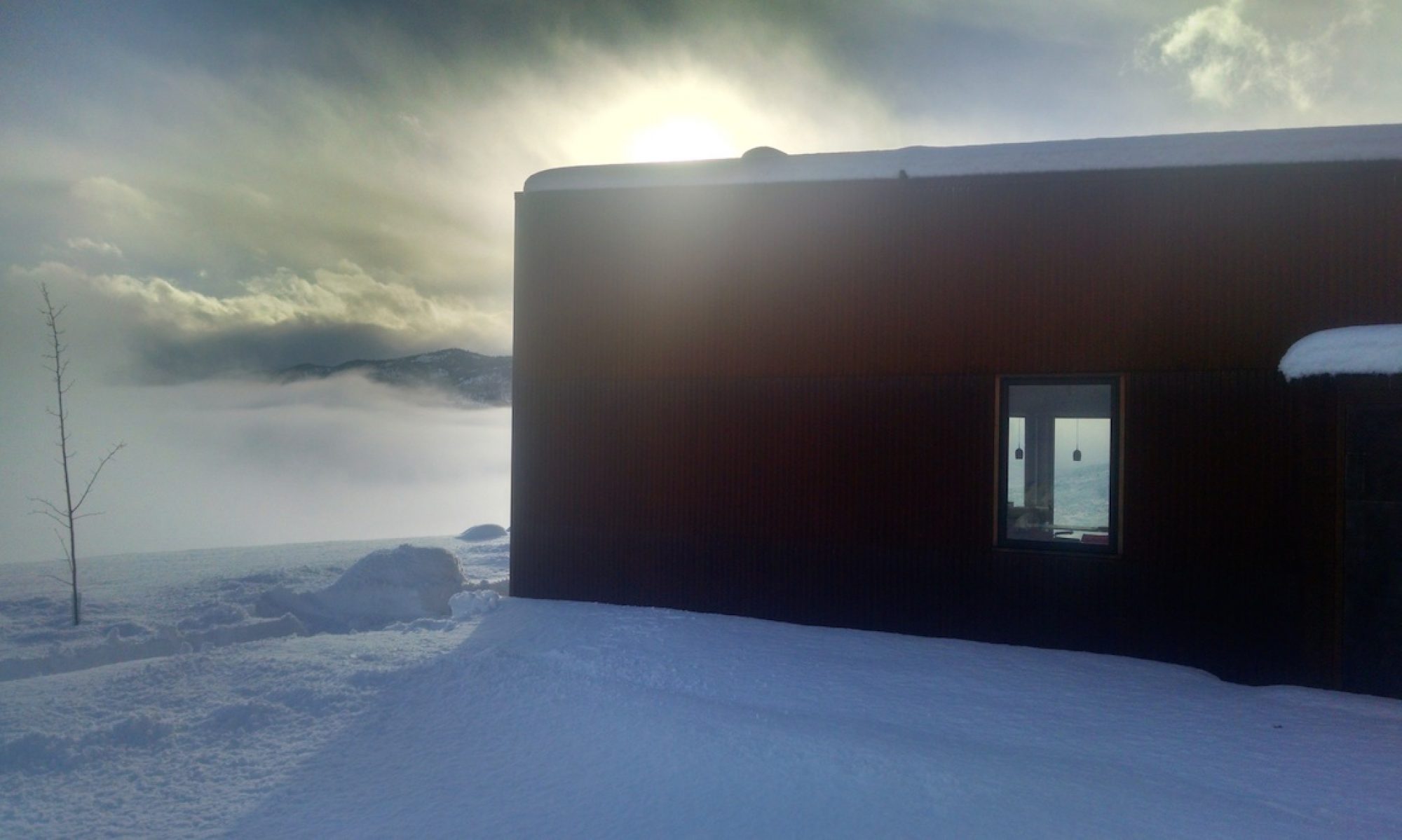To Engineer Is Human: The Role of Failure in Successful Design by Henry Petroski
Summary: Nearly every day I drive across one of the bridges that spans the ship canal connecting the Puget Sound and Lake Washington. It’s easy to not notice that the bridge that I drive on is an engineering feat. The interesting thing, as well described in this book, is how the building of such structures like these bridges was the culmination of a series of failures, each one pushing the others into uncharted territory. Primarily concerned with civil engineering the book hammers home that progress in engineering is tightly coupled to failure, essentially because building differently inevitably leads to issues which even the best theory and planning cannot anticipate.
Rating: A good summary of what it’s like to build into the unknown.
Speculation: I’m always struck by the description of books about innovation or building new things how much these remind me of solving instances of NP-complete problems. In general we don’t know good methods to try to push our systems into newness, but when we get there we can often see why were able to get there. In the old days this was limited by our own brains, but these days, computation helps us define these limits. It is as if the whole universe was set up to help explore the region of intractable problems.
